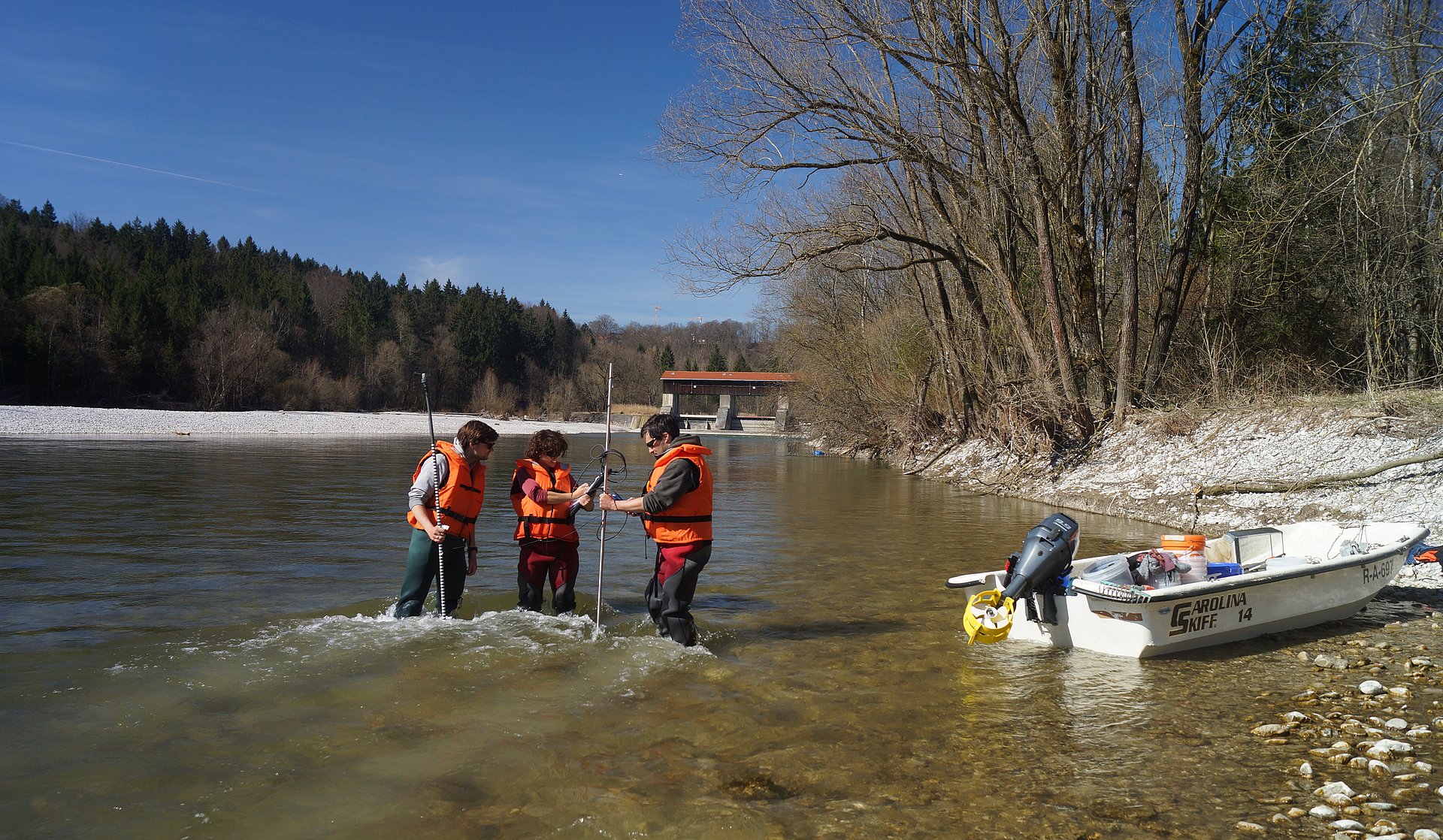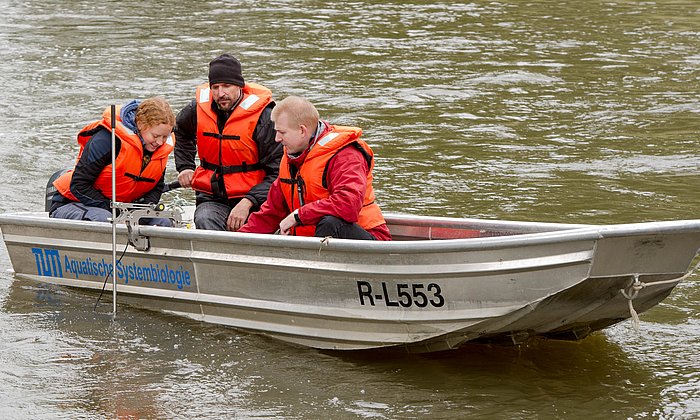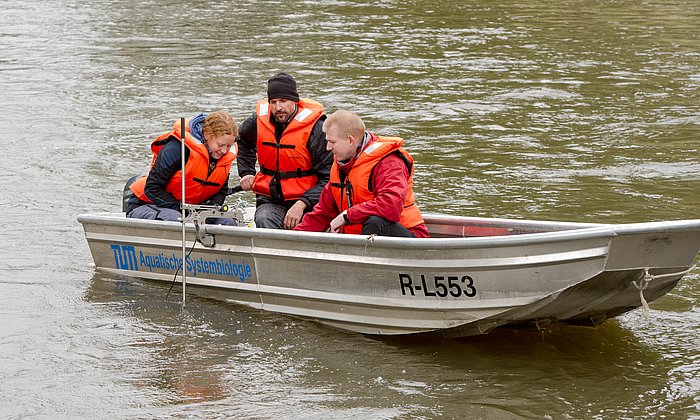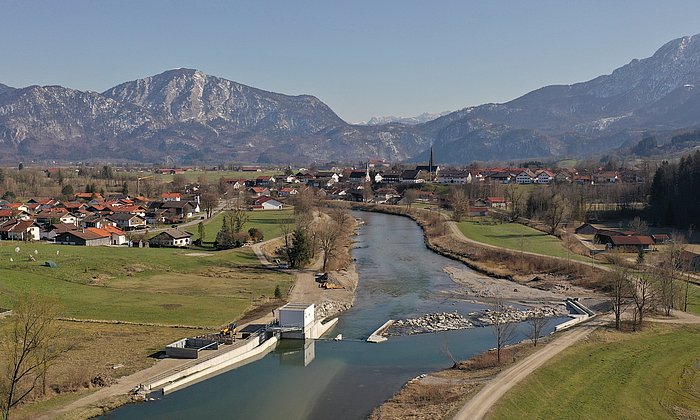Scientific study on river habitats at the TUM
Modern hydropower plants also cause massive damage to ecology

Significant differences in living conditions were observed at all locations, emphasizes Geist. This applies to the situation upstream and downstream of the power plants as well as before and after installation. "Contrary to what was hoped for and predicted by the operators, the new types of power plant have not improved the habitat conditions for current-loving species," the biologist states. In particular, retrofitting existing weirs in conjunction with further damming would have negative effects.
"When planning future plants, in addition to the question of the sometimes considerable damage to fish when passing through hydropower plants, the previously neglected effects on the habitat and the food web must also be taken into account. This is about the ecological continuity and connection of different river sections as an important criterion for healthy river systems," said Geist. The requirements are defined in the EU Water Framework Directive.
Water depth and flow velocity as important criteria
Dams and weirs already have a negative impact on biodiversity, which is exacerbated by certain types of power plants. The biologist mentioned the Großweil and Au sites in particular. There, for example, the increase in the dam target has significantly reduced the number of mayfly, stonefly, and caddisfly larvae in the upstream area near the weir. "Increasing the water depth and reducing the flow velocity in upstream areas reduces the exchange of oxygen-rich water with the so-called gravel gap system at the bottom of the watercourse, an important habitat for many organisms, which leads to a lower abundance of fastidious microorganisms in particular."
The study was carried out on five different rivers in Bavaria. Various types of transverse structures without hydropower utilization were already in place at all locations before the investigations began. From 2014 to 2020, so-called innovative hydropower plants were installed there. At the study sites Au and Großweil (Iller and Loisach), the existing weirs were replaced by new weirs, while at the study sites Heckerwehr, Eixendorf, and Baierbrunn (Roth, Schwarzach, Isar), no changes were made to the existing weirs and the headwater level remained the same.
Josef Knott, Melanie Mueller, Joachim Pander, Juergen Geist: “Habitat quality and biological community responses to innovative hydropower plant installations at transverse in-stream structures” published in „Journal of Applied Ecology“ (27.02.2024) https://besjournals.onlinelibrary.wiley.com/doi/10.1111/1365-2664.14593
Technical University of Munich
Corporate Communications Center
- Ulrich Meyer
- presse@tum.de
- Teamwebsite
Contacts to this article:
Prof. Dr. Jürgen Geist
Technical University of Munich
Chair of Aquatic Systems Biology
Tel. +49 8161 71 3947
geist@tum.de


